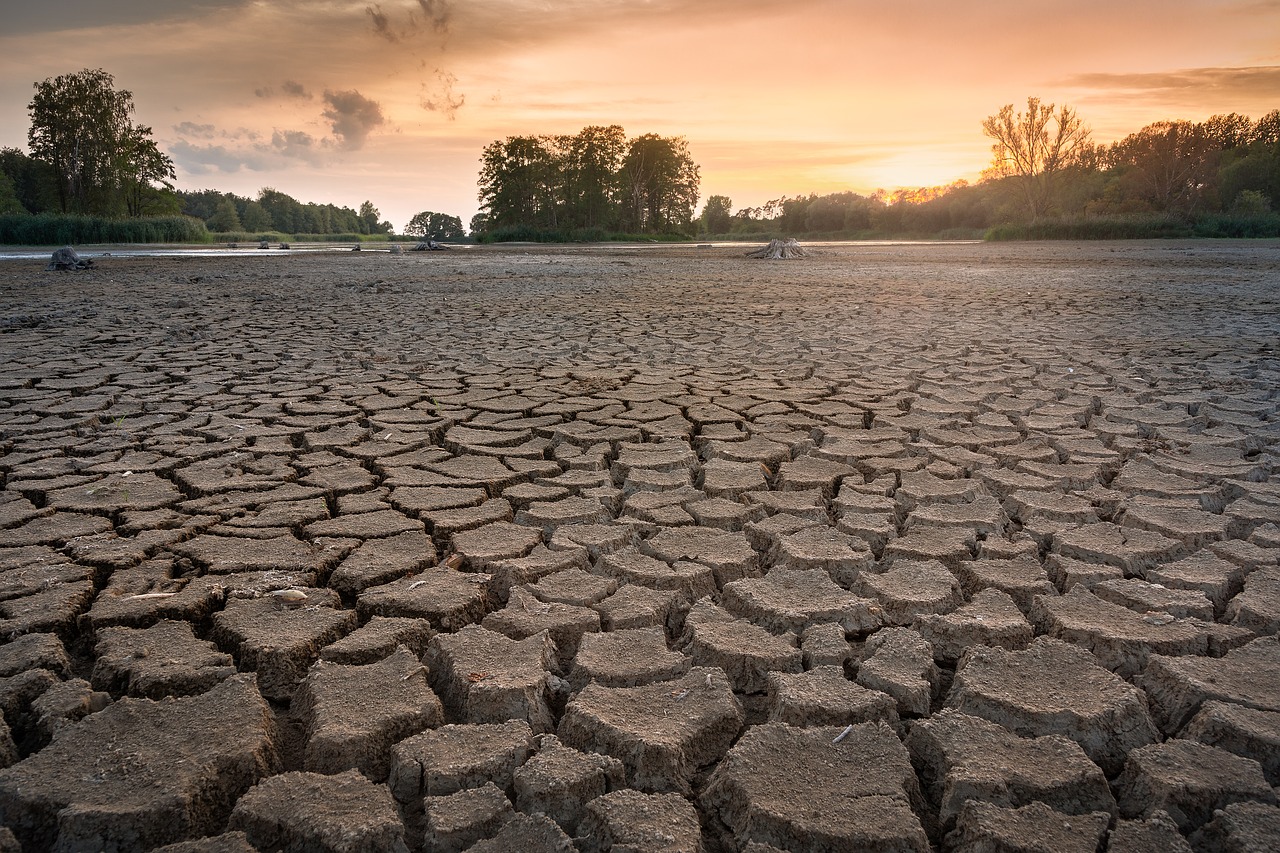“We should pay close attention to the vulnerable regions with a high probability of soil drought and aridity.”
Most people are familiar with flash floods, those sudden deluges triggered usually by downpours that can wash away homes and infrastructure seemingly in an instant. Flash droughts are less-known phenomena whereby dry spells can dessicate crops within days or weeks, wiping out crops and battering economies.
Yet we should be more aware of flash droughts as the speed at which they can appear seemingly out of the blue and dry out landscapes has increased markedly as a result of rising global temperatures, warn an international team of researchers from the United States and Hong Kong.
The number of flash droughts, the scientists have found, has remained stable globally in this new century so far, but not their speed. The fastest of them, which create drought-like conditions over entire areas in just five days, have increased by between 3% and 19%.
Meanwhile, in vulnerable areas particularly prone to flash droughts, such as South Asia, Southeast Asia and the central region of North America, the rate of increase has been by as much as 22% to 59%.
Although flash droughts last only for briefer spells, they can still cause disasters, as happened in the central part of the United States in the summer of 2012 when a flash drought created nearly $36 billion in losses by causing corn crops to wither around large areas.
And such devastating episodes will be more likely in coming years and decades as temperatures continue to rise, say the scientists who analyzed hydroclimate data sets with satellite soil moisture measurements worldwide. The experts have found that anywhere between 34% and 46% of flash droughts occured in just five days while most of the rest emerged well within a month.
“Every year we are seeing record-breaking warming episodes, and that is a good precursor to these flash droughts,” says Zong-Liang Yang, a professor at the University of Texas who was a coauthor of a study. “The hope and purpose [of this research] is to minimize the detrimental effects.”
Importantly, the scientists say, changes in humidity and weather patterns are causing flash droughts to become more likely when a shift occur from humid to arid conditions, which makes regions that undergo seasonal swings in humidity (such as Southeast Asia, the Amazon Basin, as well as the East Coast and Gulf Coast of the United States) especially prone to flash droughts.
“We should pay close attention to the vulnerable regions with a high probability of concurrent soil drought and atmospheric aridity,” stresses Shuo Wang, a professor at the Hong Kong Polytechnic University.
On the upside, thanks to advancements in drought-detecting technology and modeling tools, we can better prepare for flash droughts, notes Mark Svoboda, director of the National Drought Mitigation Center in the U.S. who coined the term “flash drought.”
“You can go back and watch that drought evolve in 2012 and then compare it to how that tool did,” Svoboda said. “We really have the stage well set to do a better job of tracking these droughts.”
This story first appeared on Sustainability Times
© 2022 Sustainability Times.
This article is licensed under a Creative Commons Attribution-ShareAlike 4.0 SA International License.












